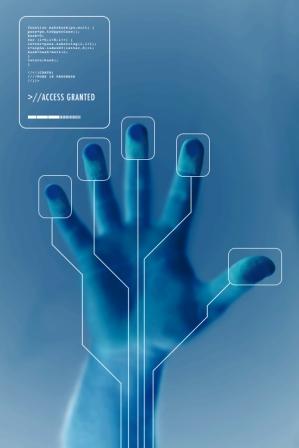Computer code is regarded by some as a form of mathematics. It is theoretically possible to prove the correctness of certain classes of computer programs, though the feasibility of actually achieving this in large-scale practical systems is regarded as small by some with practical experience in the industry — see Bruce Schneier et al.
It’s also possible to protect messages in transit (i.e., communications) by means of cryptography. One method of encryption — the one-time pad — is unbreakable when correctly used. This method was used by the Soviet Union during the Cold War, though flaws in their implementation allowed some cryptanalysis (See Venona Project). The method uses a matching pair of key-codes, securely distributed, which are used once-and-only-once to encode and decode a single message. For transmitted computer encryption this method is difficult to use properly (securely), and highly inconvenient as well. Other methods of encryption, while breakable in theory, are often virtually impossible to directly break by any means publicly known today. Breaking them requires some non-cryptographic input, such as a stolen key, stolen plaintext (at either end of the transmission), or some other extra cryptanalytic information.
Social engineering and direct computer access (physical) attacks can only be prevented by non-computer means, which can be difficult to enforce, relative to the sensitivity of the information. Even in a highly disciplined environment, such as in military organizations, social engineering attacks can still be difficult to foresee and prevent.
In practice, only a small fraction of computer program code is mathematically proven, or even goes through comprehensive information technology audits or inexpensive but extremely valuable computer security audits, so it’s usually possible for a determined hacker to read, copy, alter or destroy data in well secured computers, albeit at the cost of great time and resources. Few attackers would audit applications for vulnerabilities just to attack a single specific system. It is possible to reduce an attacker’s chances by keeping systems up to date, using a security scanner or/and hiring competent people responsible for security. The effects of data loss/damage can be reduced by careful backing up and insurance.




